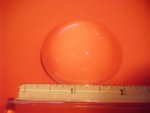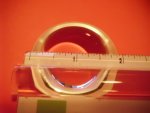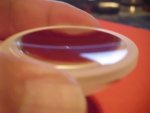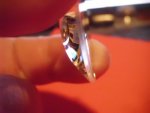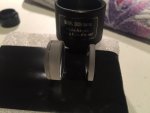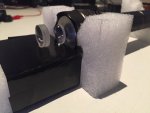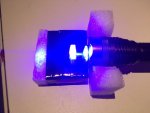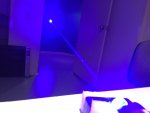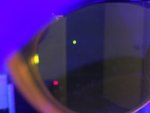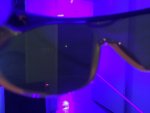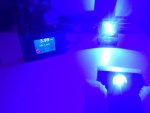- Joined
- Jul 10, 2015
- Messages
- 13,083
- Points
- 113
Yea the power of the lens for its size will need to be high, like a big wide G2.
I have tried those big 100w LED lenses but it makes terrible wings.
The G2/G9/G7 has a compound shape.
We need a big wide lens with this compound shape.
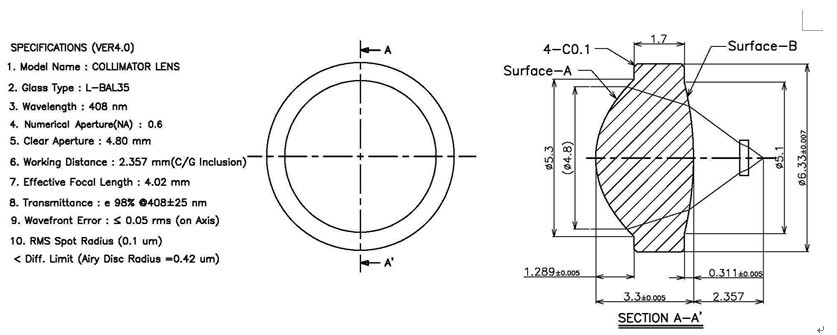
I have some that are flat on the back and slightly concave on the back, also double convex, but not just slightly convex on the back, all these make wings, but my 25mm 3 element works well except it clips some, maybe a wider setup like the 3 element retuned to clip less or a big G2 grind.




I have tried those big 100w LED lenses but it makes terrible wings.
The G2/G9/G7 has a compound shape.
We need a big wide lens with this compound shape.

I have some that are flat on the back and slightly concave on the back, also double convex, but not just slightly convex on the back, all these make wings, but my 25mm 3 element works well except it clips some, maybe a wider setup like the 3 element retuned to clip less or a big G2 grind.




Attachments
Last edited:


